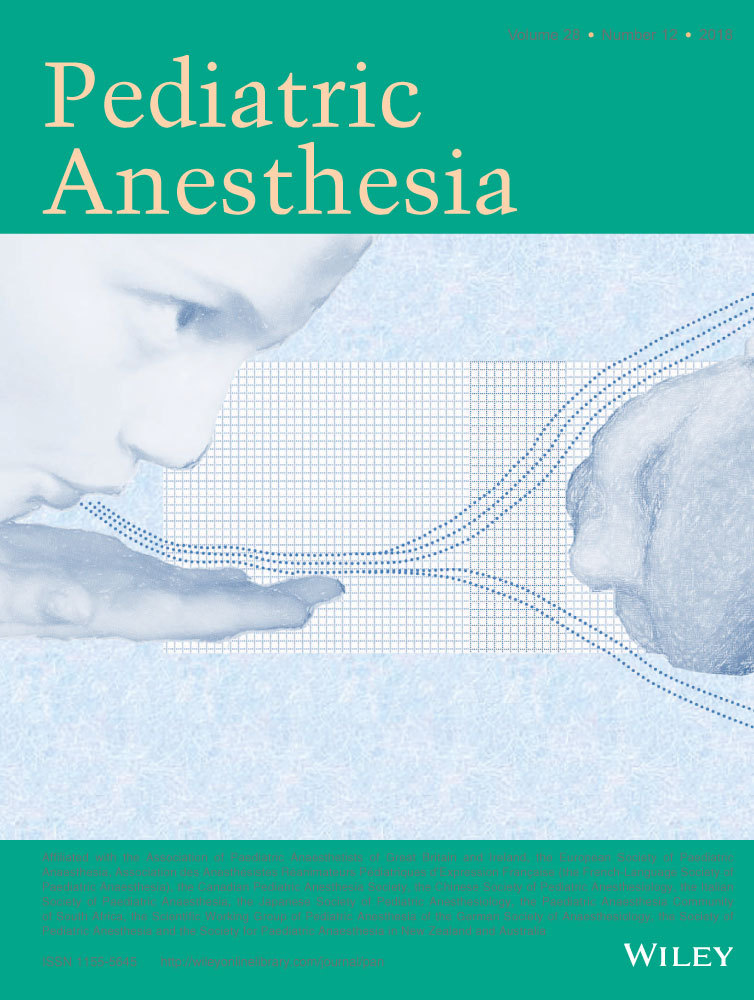Frequency of medication error in pediatric anesthesia: A systematic review and meta-analytic estimate
Summary
Background
Clinical evidence shows that pediatric anesthesia patients are subject to a higher rate of life-threatening medical errors than their adult counterparts. Medication error in adult anesthesia is estimated to occur to 1 in 133 anesthetic administrations, but such a figure has not been determined for pediatric anesthesia patients. Individual studies of medication error in pediatric anesthesia have ranged from rates of 0.01% to 1.92% of anesthetic uses. The present study is a systematic review that employs a meta-analytic estimate to determine the rate of medication error in pediatric anesthesia.
Methods
A systematic review of the literature on pediatric anesthesia medication error was conducted using Medline, Cochrane Database, PROSPERO, and Clinicaltrials.gov. A meta-analytic estimate was used to determine the medication error rate for all of the included studies. Subgroup sensitivity analysis was used to evaluate possible sources of heterogeneity in included studies.
Results
Of the 433 initially screened records, 13 studies met inclusion criteria. Meta-analytic estimate of medication error rate across all studies was 0.08% (95% CI 0.05%-0.10%), or 1 out of 1250 anesthetics. Ten different countries were represented in the studies. Sample size of anesthetics reported on ranged from 296 to 2 316 635. Data collecting periods ranged from 3 months to 15 years. Six included studies individually reported higher rates of medication error in patients under 1 year of age.
Conclusion
The present systematic review revealed a medication error rate of 1 per 1250 anesthetic administrations in pediatric anesthesia. This result is significantly lower than would be expected given reported rates of medication error in adult anesthesia, which raises questions regarding the validity of research methods and reporting of medication error in pediatric anesthesia. Future investigations of medication error should employ methodologies other than self-reporting of error, such as retrospective chart review.
CONFLICT OF INTEREST
None to Declare.




